Blog

Advanced Haemodynamic Monitoring and Cardiac Output Assessment in Paediatric Patients
By Prof. Ehrenfried SCHINDLER Haemodynamic monitoring is essential in paediatric peri-operative and critical care medicine, guiding adequate tissue perfusion and oxygen delivery in the most vulnerable patients. Although basic parameters in paediatric...

From PICC to Midclavicular Midline: A Game-Changer in IV Therapy
Intravenous (IV) therapy is a cornerstone of modern medicine, enabling the delivery of fluids, medications, and nutrition directly into the bloodstream. Peripherally Inserted Central Catheters (PICCs) have been the preferred choice for patients requiring medium- to...
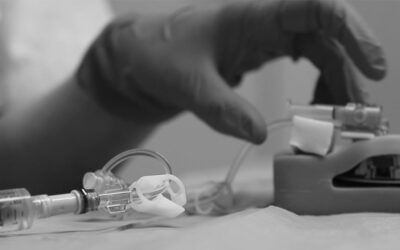
How Positive Pressure Prevents Port Occlusion: Evidence and Technique
When withdrawing a Huber needle from an implantable port, complications such as occlusion can arise. It is one of the leading complications in Central Venous Access Devices (CVADs), affecting up to 1 in 3 catheters1 and can potentially lead to serious or...

Vasopressor use after non-cardiac surgery: an international observational study
Post-operative hypotension is a common and clinically significant challenge, often linked to poor outcomes such as organ dysfunction, prolonged recovery, and increased mortality. Vasopressors are routinely used to manage this condition. Until recently, their use in...

Simulation in Haemodynamic Monitoring and Management
Haemodynamic monitoring and management are fundamental components of perioperative care. Accurate measurement and interpretation of advanced haemodynamic variables can guide clinical decisions and therapeutic interventions, ultimately enhancing patient...
The SaRePo Protocol: A Seven Step Strategy to Minimise Complications Potentially Related to the Removal of Totally Implanted Central Venous Access Devices
The removal of totally implanted central venous access devices (TVAD), or Ports is associated with the risk of adverse events, among which some are insignificant and others more relevant or serious. The technique of appropriate removal has only been described in a few...

Kangaroo Care: Benefits and Implementation in Neonatal Healthcare
Premature birth frequently results in complications for both infants and their families and so continues to be a pressing topic in global neonatal healthcare. While medical advancements have significantly improved outcomes for many preterm babies, simple yet effective...

Sepsis Identification and Management for Healthcare Professionals
Early identification of sepsis is critical for patient survival, yet it remains a significant challenge[1]. Nurses play a vital role in this process by routinely monitoring patients for signs of sepsis. This article highlights key aspects of identification and...

Going Green in Perioperative Haemodynamic Monitoring: A Sustainable Shift in Clinical Practice
Healthcare faces mounting challenges from climate change and rising operational costs. A significant portion of its carbon footprint stems from plastic waste, and the energy demands of departments such as operating theatres and intensive care units. To mitigate this,...

Custom Packs in Neonatal Units: Streamlining Care with Tailored Solutions
Finding ways to streamline NICU care while improving the quality of care is essential, especially for these most vulnerable patients. Custom packs promote standardised insertion procedures, ensuring maximum barrier precautions and reduced risk of infection....

Are enteral feeding systems sufficiently accurate and safe for neonatal drug administration?
Based on a presentation by Dr Keliana O'Mara, PharmD, NICU Pharmacy specialist WakeMed Health and Hospitals, United States In neonatal intensive care units (NICUs), where the tiniest patients rely on technology for survival, precision isn't a luxury, it’s a...

Study Summary: “International experts’ consensus on optimal central vascular access device selection and management for patients with cancer”
Author: Neus Monmeneu Salavert In cancer patients, choosing an appropriate venous access device is crucial for effective treatment, minimising complications, and reducing healthcare costs. Key management decisions, such as the timing of device removal after therapy,...

Septic shock resuscitation: fluids vs. early vasopressors? Five practical lessons from CLOVERS and recent evidence
Emergency and critical care teams face a recurring dilemma in early septic shock: How much fluid is enough, and when should we start vasopressors? Prolonged hypotension drives organ injury and mortality, but both fluid overload and delayed vasopressors can harm. The...
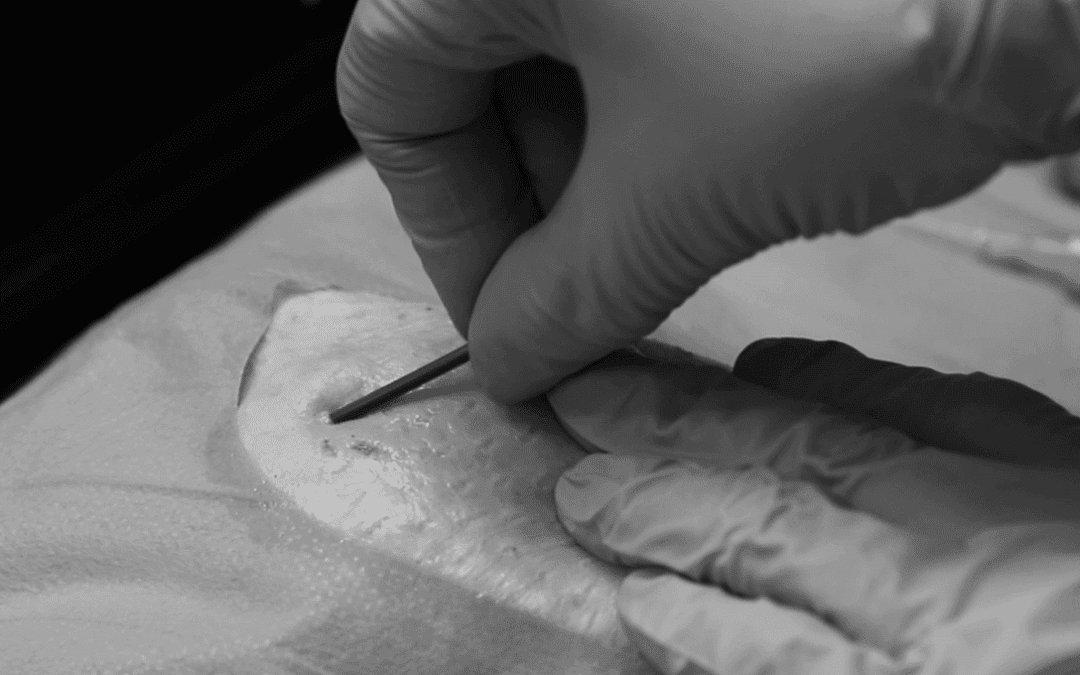
Why apply the Seldinger technique with the Midline and the Modified Seldinger with the PICC?
Vascular access is crucial in nursing practice. The choice of the appropriate venous access device, such as the Midline or the PICC, and the insertion technique, whether the classic Seldinger technique or the Modified Seldinger, can significantly influence the...

Fluids, Perfusion, and Lactate: A Unified Approach to Sepsis Resuscitation
Administering the right amount of fluids is crucial in sepsis and septic shock. In critically ill patients, the goal of intravenous fluid therapy is to increase cardiac output to improve both micro- and macro-circulation and tissue oxygen delivery (DO₂). However, in...
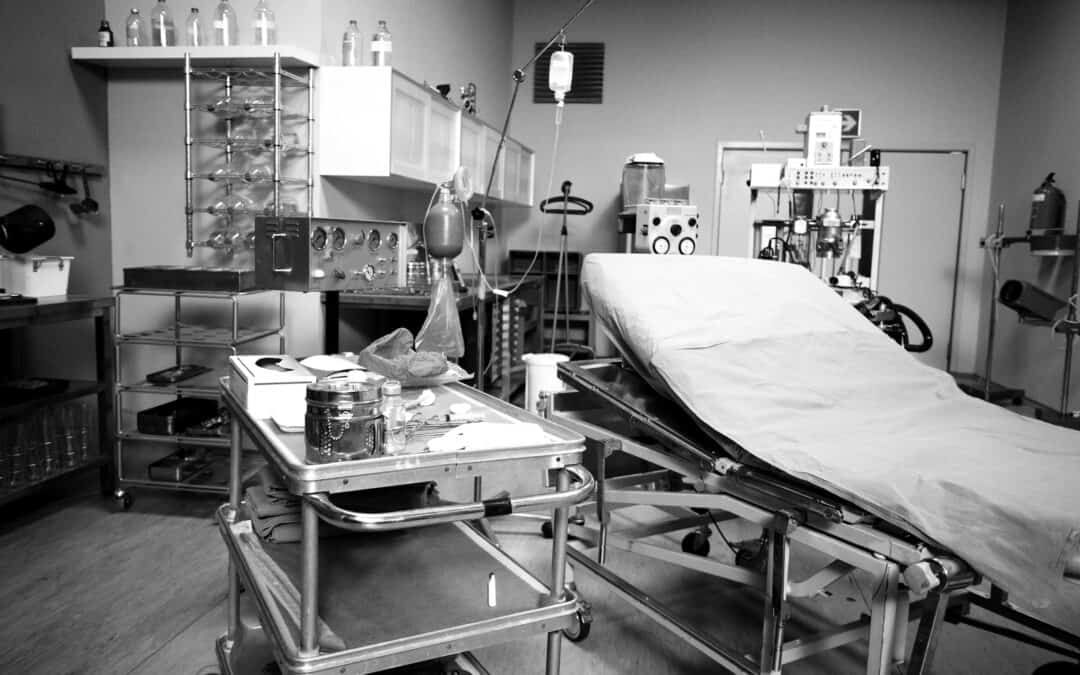
Central Venous Access in Cardiac Surgery: “Why use two, when one will do?”
In cardiac surgery, it is commonplace for Anaesthetists to place a sheath introducer, or pulmonary artery catheter, when high volume access is required, along with a standard 4-lumen/quad central venous catheter (CVC) for multi-drug delivery and haemodynamic...

What are the risk factors for Necrotising enterocolitis (NEC)?
Definition of NEC Necrotising enterocolitis (NEC) is a serious condition that can occur following preterm birth, characterised by bowel inflammation that prevents milk feeding and may require surgery. It is associated with high mortality rates, exceeding 20%. The...
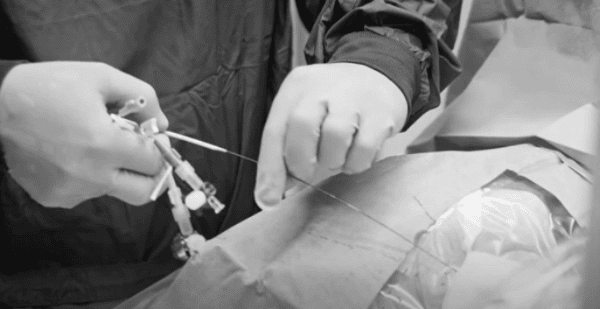
3 benefits of using central venous catheters with rifampicin and miconazole
The proportion of patients who have a central venous catheter (CVC) inserted has increased over the years, so much so that 78% of patients admitted to intensive care units (ICU) in Europe have a CVC inserted.7 However, central venous catheter (CVC) placement...
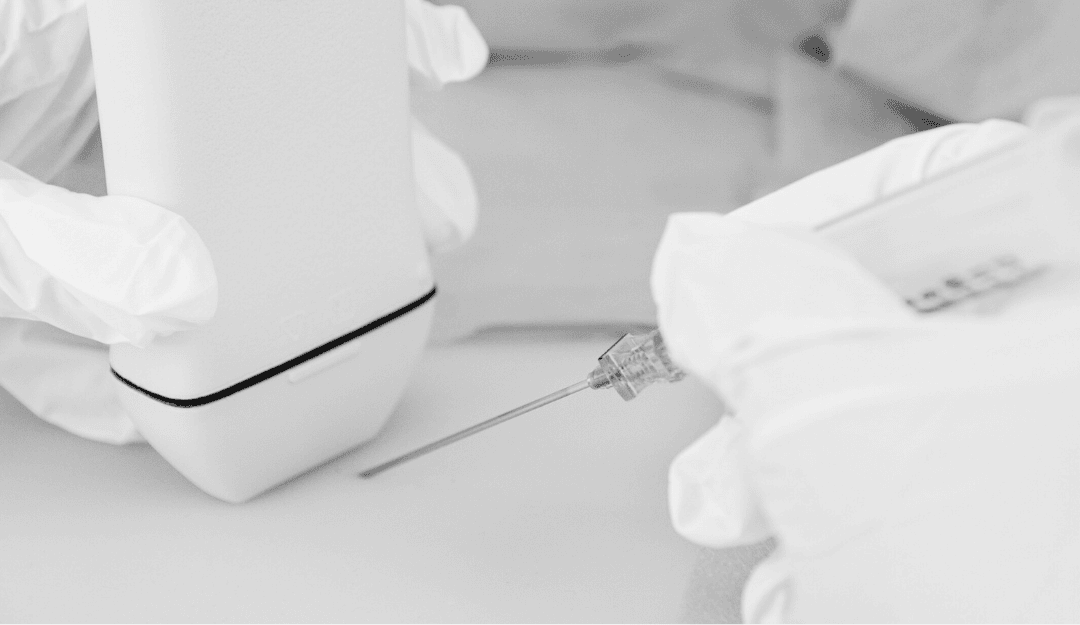
Ultrasound: The Gold Standard for Vascular Access
Ultrasound-guided vascular access has become a cornerstone of modern clinical practice, offering a safer, more accurate alternative to traditional landmark-based techniques. First described in 19781, the use of ultrasound for central venous catheterisation has evolved...
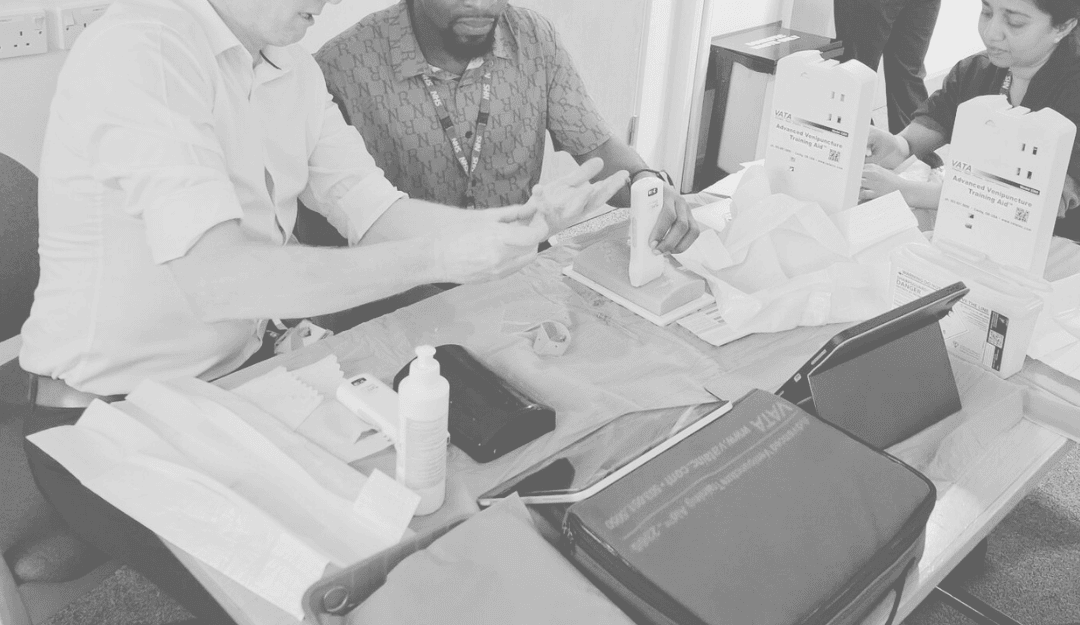
Key Takeaways from the 2024 Educational Framework for Midline and Long Peripheral Catheter Insertion: A Narrative Review.
Introduction This educational framework, developed by Maciej Latos and Linda Kelly and published in the European Journal of Infusion Nursing, is highly relevant in today's healthcare landscape, where nurses and health professionals are increasingly taking on advanced...

Optimal Thermal Control of the Newborn in Transport Settings
From delivery to the NICU, hospital to hospital and even unplanned home deliveries, neonatal transport is crucial for making sure babies receive the care they need at the right time, and at a unit suited to their needs. Maintaining normothermia during transport has...
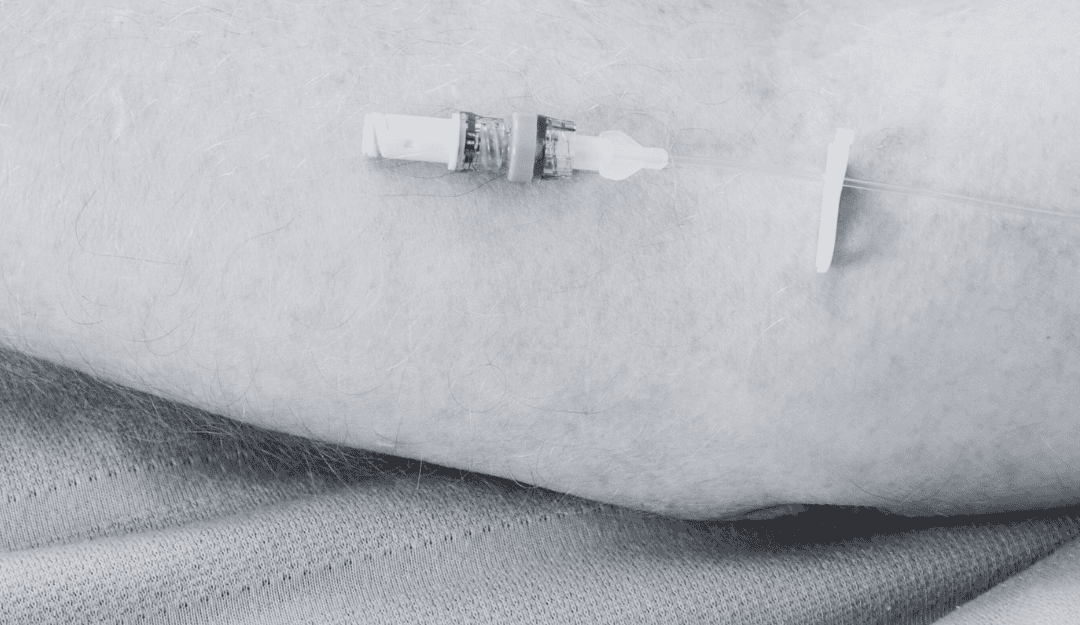
The Importance of Using a Needle Free Connector with a Bi-directional Valve on all IV Lines
Needle Free Connectors with a Bi-directional Valve have become a cornerstone in intravenous (IV) therapy. Their innovative design prevents blood reflux and significantly reduces catheter occlusions. This advancement brings numerous benefits to patients, clinicians,...
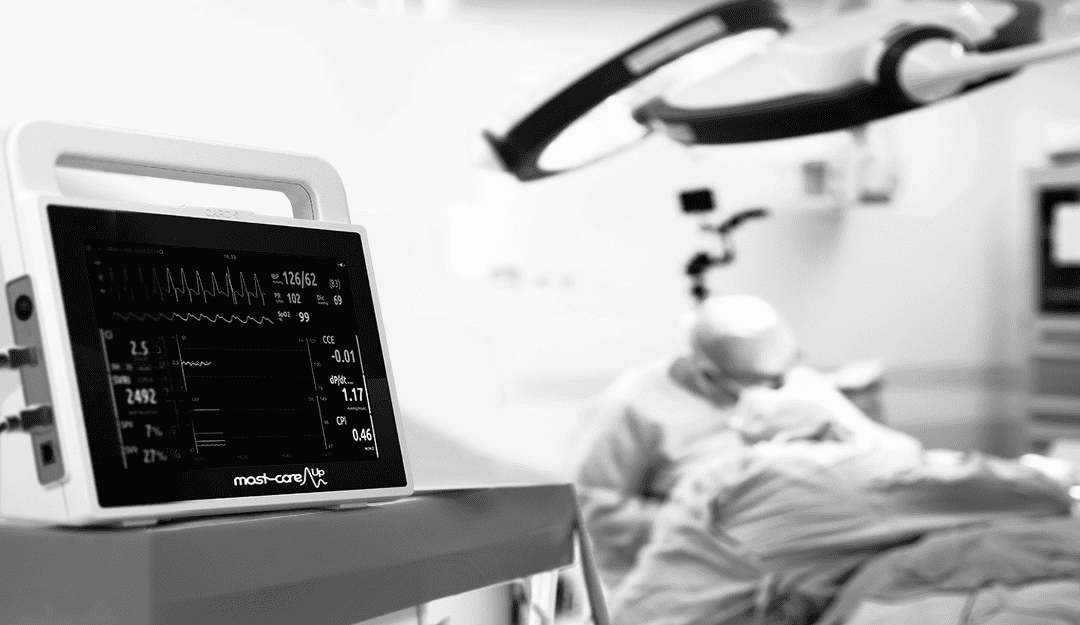
Overview of the new 2025 ESAIC Guidelines on Intra-operative Haemodynamic Monitoring and Management of Adults Having Noncardiac Surgery
Introduction Intra-operative haemodynamic management is a cornerstone of safe and effective surgical care. The 2025 guidance from the European Society of Anaesthesiology and Intensive Care (ESAIC) provides updated, evidence-informed recommendations for clinicians...
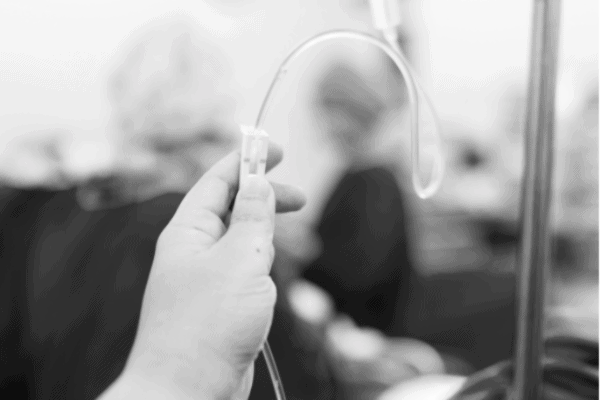
Fluid Therapy: Navigating the Delicate Balance and Avoiding Overload
Fluid management is a cornerstone of patient care, particularly in critical conditions like septic shock. However, the line between adequate resuscitation and harmful fluid overload is often thin. Recognising the risks and implementing strategies to prevent fluid...

8 Complications That Can Occur During Arterial Cannulation
Arterial cannulation for continuous blood pressure monitoring is not a technique free from complications; most of the time, these are minor and do not pose a major problem for the patient, but in some cases, they can have serious consequences. Furthermore, in...

Cardiac Cycle Efficiency: Beyond Measurement, Toward Clinical Interpretation
Advanced Haemodynamic monitoring, particularly the ability to track stroke volume (SV) and cardiac output (CO), has significantly contributed to the refinement of anaesthesiologists’ expertise in Haemodynamic management. Beyond serving as cardiac output monitors,...
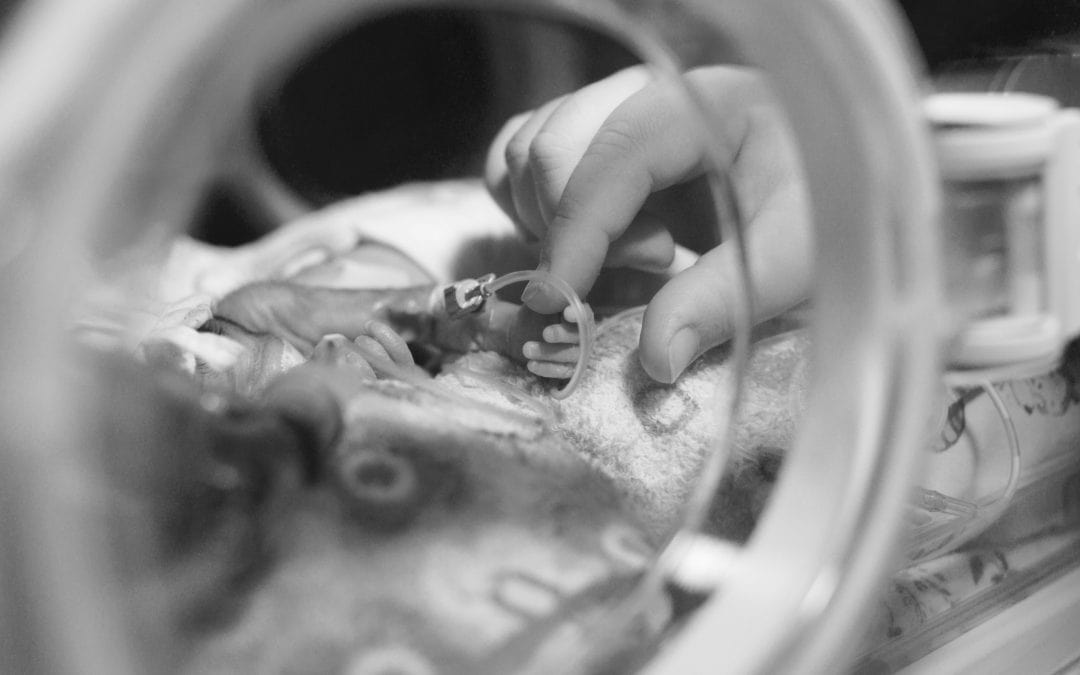
Cost Analysis of the Modified Seldinger Technique (MST) for neonatal PICC Insertion
Neonatal peripherally inserted central catheters (PICC) are commonly used in neonatal intensive care units to administer vasoactive drugs and hyperosmotic solutions such as parenteral nutrition1. These catheters are often maintained in place for 2 to 3 weeks and play...

Keys to Central Venous Line (CVC) Maintenance
One in ten children with a central venous catheter (CVC) develops a device-associated bloodstream infection. 2 Want to know how to prevent bacteremia and central venous catheter-related infection? Dr. Paco Escribà, anaesthesiologist FEA Anaesthesiology for children,...
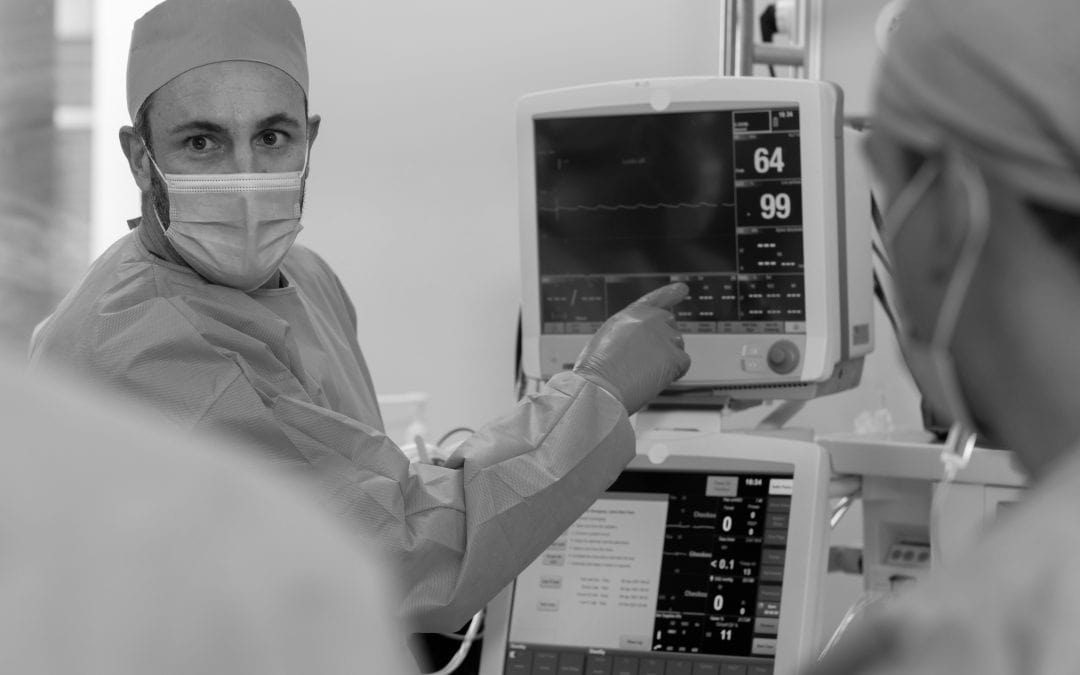
Cardiac Output Monitoring in Paediatric Intensive Care: Supporting Informed Decisions
Sepsis remains a critical threat to children, with septic shock frequently requiring admission to Paediatric Intensive Care Units (PICUs).1 Early and appropriate fluid resuscitation is paramount for improving outcomes and reducing mortality in these vulnerable...
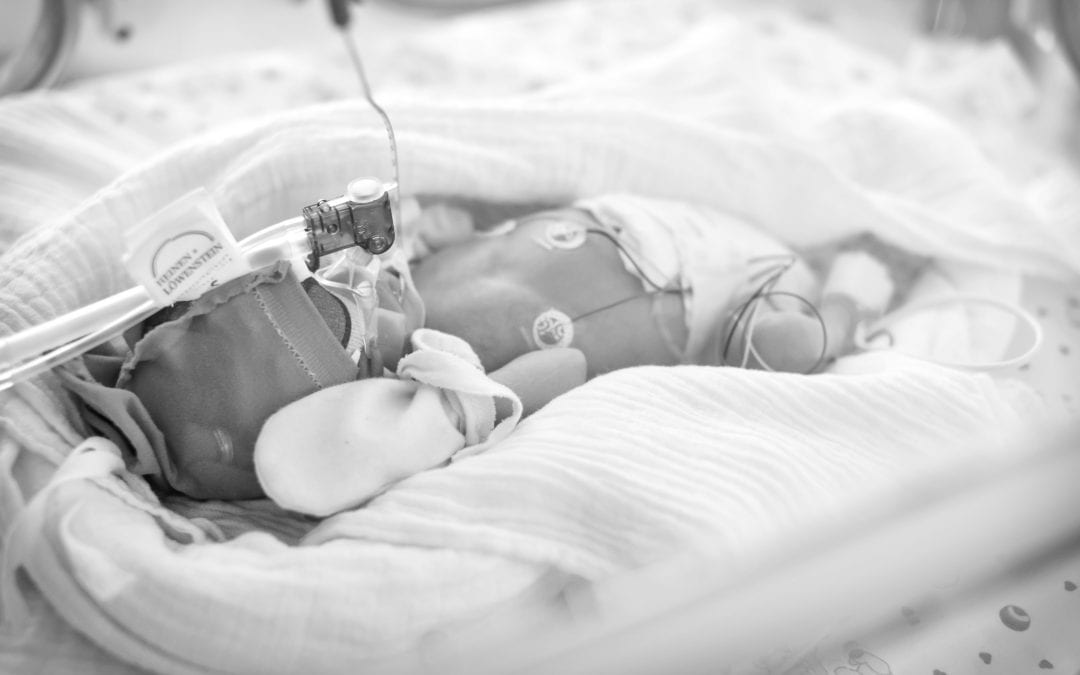
The Importance of Surfactant in the Neonatal Patient
Pulmonary surfactants along with other therapeutic measures are the treatment of choice for various respiratory conditions. A surfactant deficiency in preterm infants leads to respiratory distress syndrome characterised by poor lung expansion, inadequate gas...
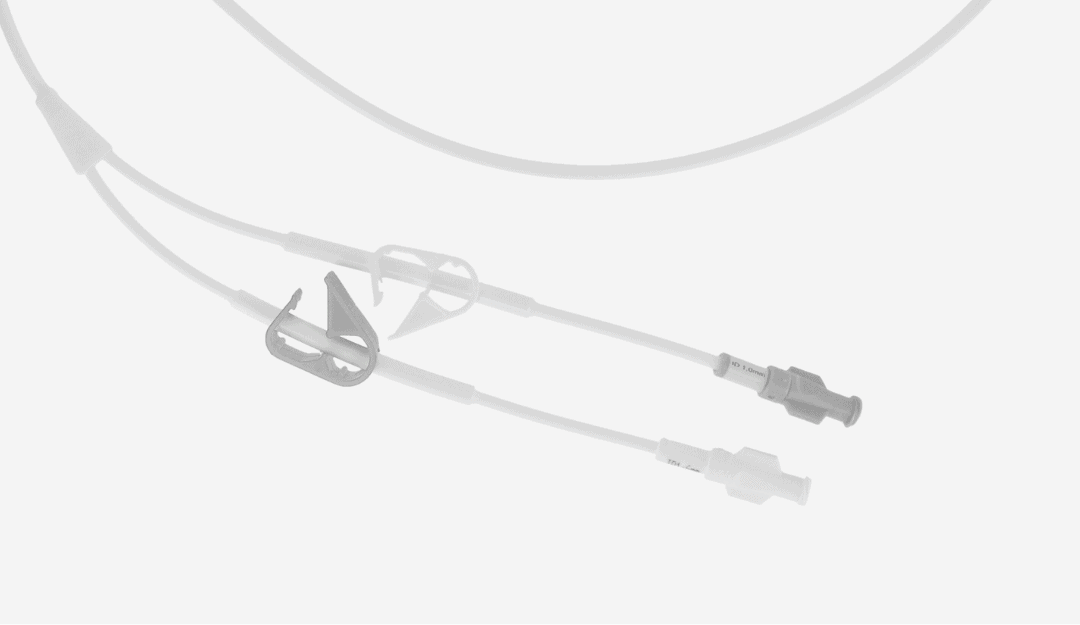
Introducing the TCVC Patient Guide
Overview Healthcare providers play a crucial role in ensuring that patients receive the best care possible, especially when managing complex medical devices like Tunnelled Central Venous Catheters (TCVCs). To support this effort, we are excited to introduce...

Enhancing Body Image and Patient Satisfaction: Is There a Case for PICC-Ports Over Chest Ports?
In the field of oncology treatment, Totally Implanted Venous Access Devices (TIVADs) have proven to be effective and safe for patients. The choice of placement site for these ports can however significantly impact a patient's body image and overall wellbeing....

PICC Care Simplified: A Comprehensive Clinician’s Guide
Peripherally Inserted Central Catheters (PICCs) are essential in modern medical practice, providing reliable venous access for patients requiring long-term intravenous therapy. Below, we highlight an overview of our latest PICC Care and Maintenance Guide. Download...

How to Prevent Port Occlusion: 10 Expert-Backed Tips
Occlusion is one of the most common complications associated with vascular access devices (VADs). A blocked device can interrupt treatment, preventing the delivery of essential medications, fluids, or nutrition. This can lead to a rapid deterioration in the emergency...
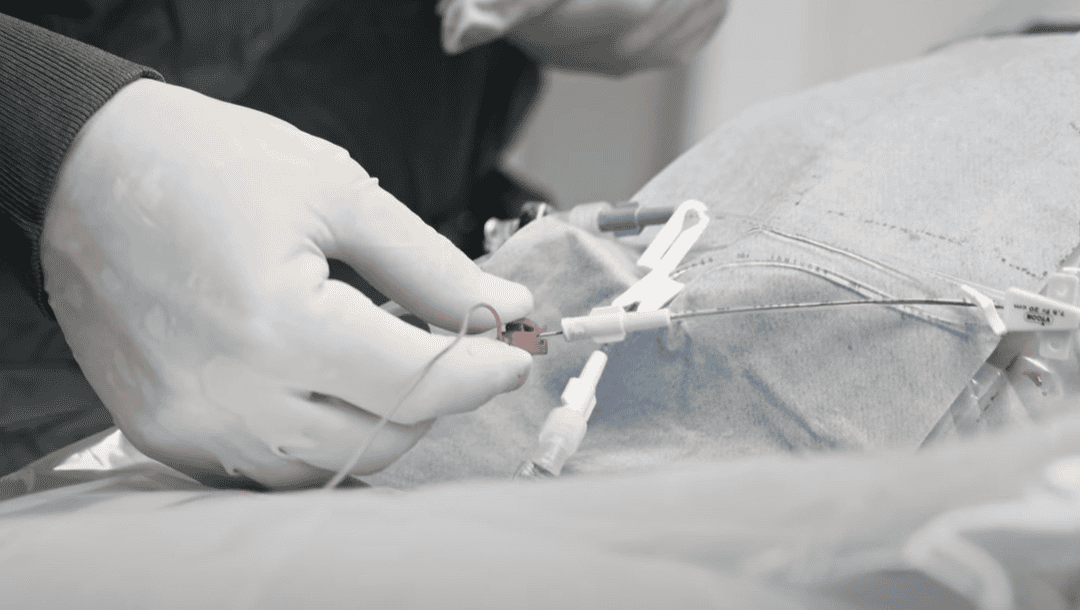
ECG-Guided Central Venous Catheter (CVC) Tip Placement: A Safer, Faster, and Cost-Effective Alternative
Central venous catheters (CVCs) are essential tools in modern medicine, providing reliable vascular access for fluid administration, medication delivery, and haemodynamic monitoring. However, CVC insertion can be a resource intensive procedure with potential for...
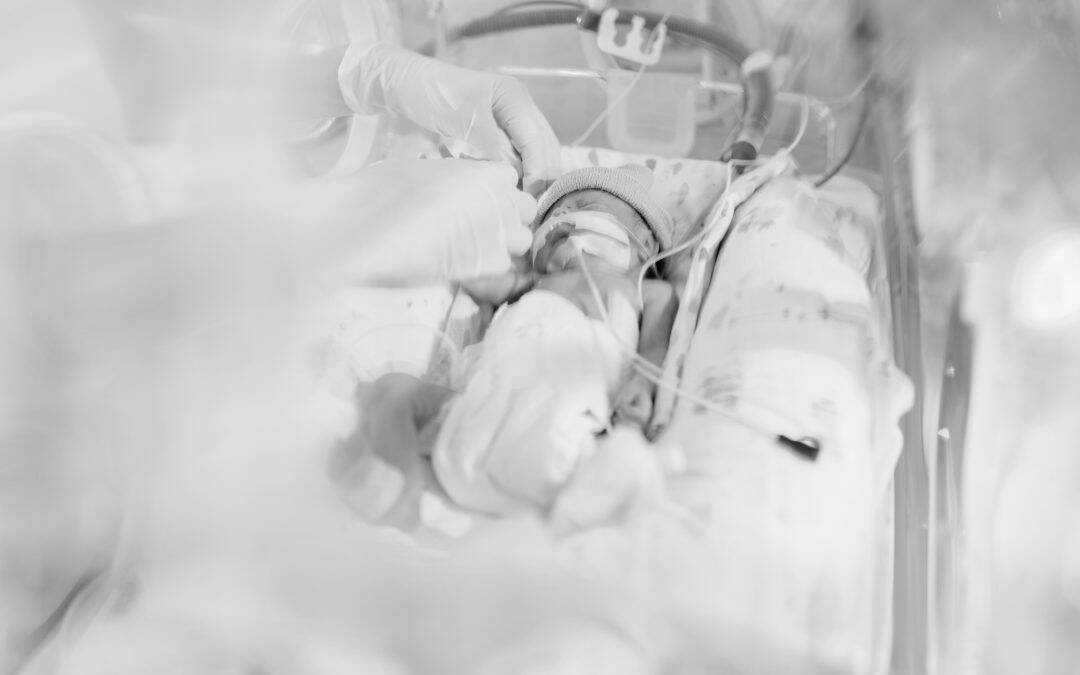
The Clinical Relevance of the Modified Seldinger Technique (MST) in Neonatology
Neonatal care often necessitates reliable vascular access for the administration of parenteral nutrition, medications, and other critical therapies. The Modified Seldinger Technique (MST) has emerged as a valuable method for inserting neonatal peripherally inserted...
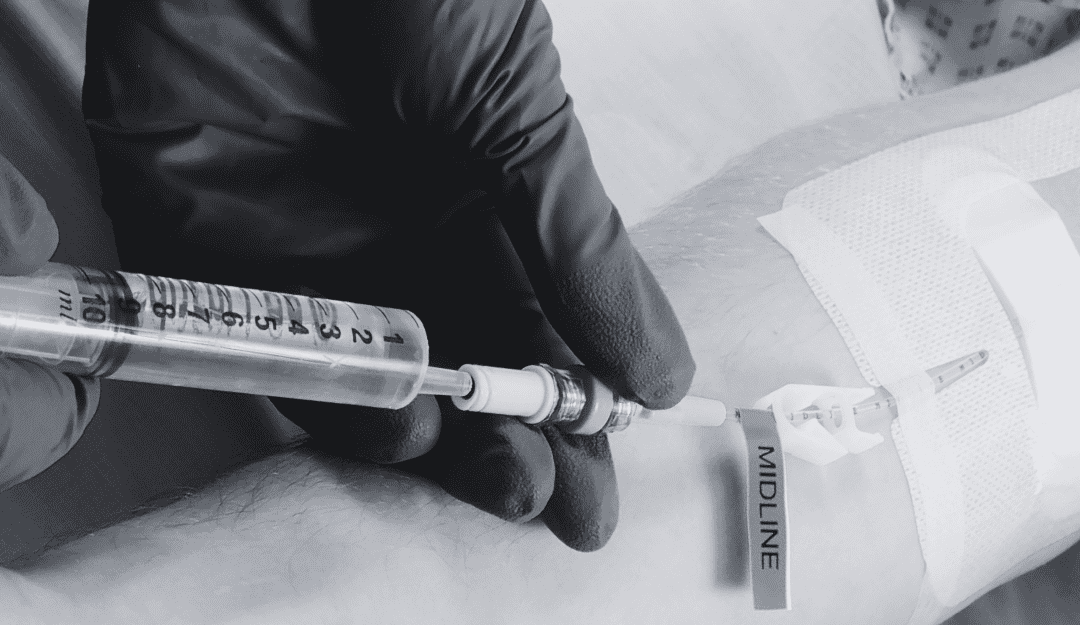
Economic Impact of Venous Catheters: An Overview of a Cost Comparison Study
Introduction Venous catheters are essential medical devices for intravenous (IV) therapy, allowing healthcare professionals to administer medications, fluids, and nutrients directly into a patient's bloodstream. The choice of catheter can significantly impact both...

Accessing the reservoir of the PICC-port: How can we anticipate handling errors and prevent complications? Interview with Christian Dupont.
The thoracic reservoir has been widely used for vascular access in chronic patients for many years, particularly in oncology. It is a reliable device, and when not in use, it requires relatively low maintenance care. However, as indicated by the recent study by...

The Benefits of Cardiac Output Monitoring for ICU Nurses
Nurses are the first clinical aid at the bedside, monitoring and responding to changes in patient conditions. Providing nurses with tools to make more informed decisions can significantly enhance patient care as early detection of preventable outcomes is crucial for...

Midline Catheter use in Oncology and its Role in The Treatment of Breast Carcinoma
In this article, we present the case of a triple-negative breast carcinoma T2N0M0 with negative genetic testing and a Ki67 proliferation index of 80%, indicating an aggressive cancer. Despite the initial recommendation to use a peripherally inserted central catheter...

Perioperative haemodynamic management made easy, affordable, and green
Haemodynamic instability frequently manifests during the perioperative course of high-risk surgical patients. This instability arises primarily during surgery due to the influence of anaesthetic agents on vascular tone, compounded by surgical bleeding. Post-surgery,...
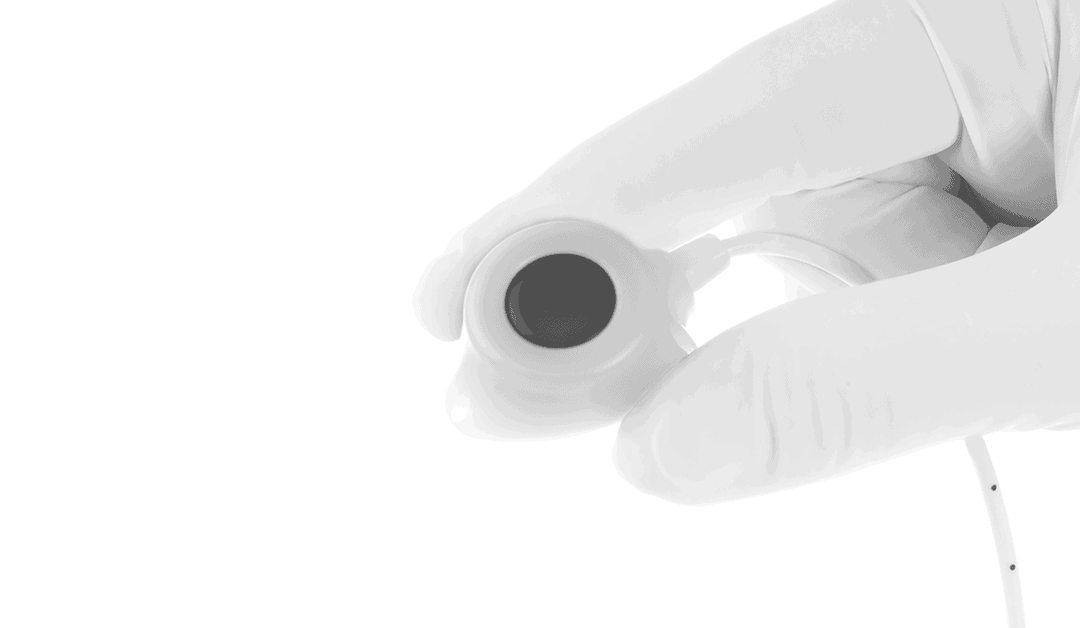
Combining aesthetics and feasibility in chest port placement
Recommendations of Dr Diane Weber Two years ago, I met Alicia, a breast cancer patient. After struggling with the disease for a while, she had to undergo a mastectomy. Soon after her surgery, a need for a chest port was identified. She came to me asking for an...

3 keys to choosing the best haemodynamic monitor for our patients
Haemodynamic monitoring provides us with information on cardiovascular performance and has therefore become a fundamental tool in the diagnostic approach and therapeutic orientation. More and more devices are becoming available that allow us to carry out advanced...
Enteral nutrition in the newborn: analysis of scientific evidence on feeding methods
The following article offers an in-depth analysis of the scientific evidence on enteral nutrition in infants, focusing in particular on the methods of administration. Nutrition in infants is a vital component for their development and well-being, and the choice of the...

Enteral nutrition in infants: small connections for small patients
For the treatment of patients, from adults to infants and premature babies, admitted to healthcare facilities, it is often necessary to place probes and catheters whose use includes the administration of enteral nutrition in addition to the infusion of drugs and other...

Efficacy and importance of connector cleaning in neonatal enteral nutrition
Enteral nutrition tubes are used in healthcare facilities to administer nutrition, fluids and medication to patients who cannot be fed orally. For years, these patients have been subjected to the risks of misconnections, defined as incorrect administration of an...
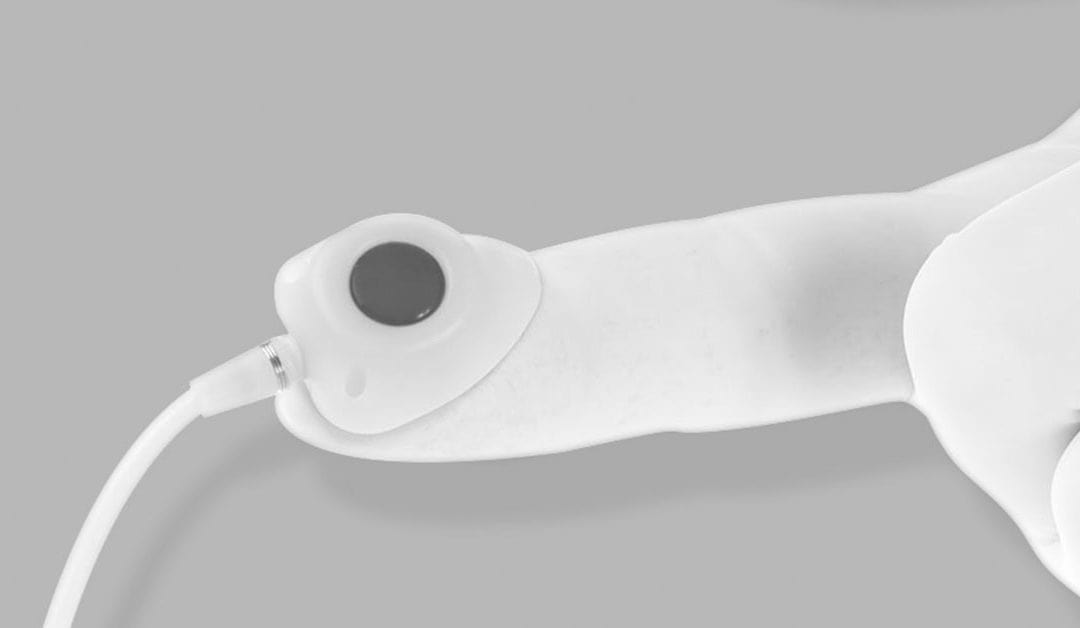
The PICC-port revolution
The PICC-port is the latest breakthrough in Venous Access Devices (VADs) and is now included in the DavExpert app's solution for patients. New studies are showing it is a safe, effective, efficient and aesthetic option for cancer patients. How has this device evolved...

Enteral nutrition delivery systems: which one to choose in neonates?
Nutritional needs are understood as the amount of each of the nutrients required by an individual at each stage of life to maintain a correct nutritional status and, thus, prevent disease and ensure proper growth. Ensuring that these nutritional needs are met in the...

What are the advantages of PICC-port?
PICC-port is an implanted catheter that is undoubtedly gaining ground in the world of vascular access. Its growing success is not surprising: it comes with new indications, cost reduction and patient satisfaction. Even if PICC-port has been in use for several decades,...

Is the use of cleaning protocols sufficient to increase the safety of ENFit® connectors in neonates?
The introduction of ENFit® connectors in neonatology units, with the aim of avoiding connection errors between systems intended for different clinical therapies, has generated much debate among experts in the field. The new connector for enteral nutrition poses a...

6 measures to ensure the proper functioning of a PICC-port
Healthcare professionals working with oncology patients are used to handling fully implanted catheters. In recent years, PICC-port has proven to be very useful in the field. However, any vascular access device can become a problem if its placement has not been optimal...
